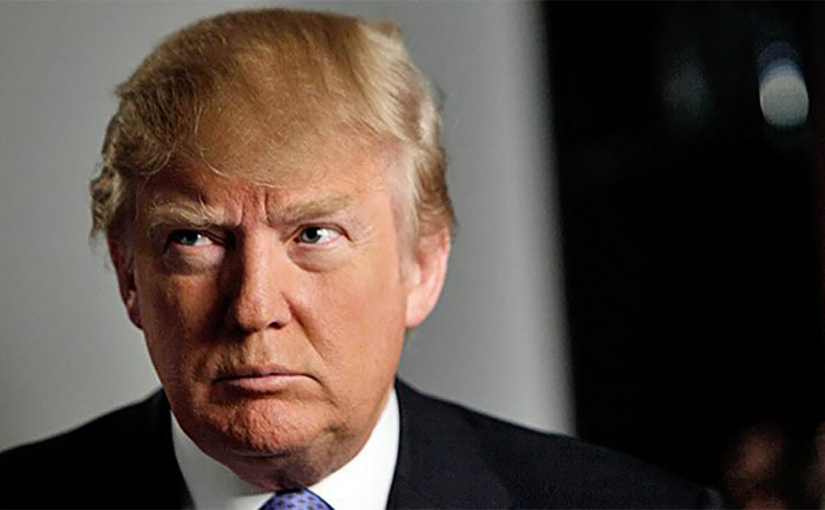So Donald Trump will be President…

Thus far equity markets have rallied with the election of Trump and retention of the balance of power by the Republicans in the Congress and Senate. An aggressive pro-growth message focused on fiscal stimulus and tax cuts has triggered the recent optimism. There also seems to be some hope (possibly misguided), that his policy statements will not be pursued to their full extent or that the large section of the Republican Party that are far more moderate will keep some of his more extreme intentions in check.
What is certain is that global uncertainty will increase, partly as a result of Trump’s unpredictability, and partly because after years of a stalemate in the Congress and Senate we may now actually experience legislative change.
Our initial thoughts are that businesses that face the US domestic economy could have strong tailwinds, at least in the medium term, as a result of the aforementioned tax cuts and stimulus, and policies that draw economic growth away from competing nations such as the very large tariffs proposed on Chinese goods. There is also the possibility of positive consumer sentiment kicking into gear and driving growth, although this is not certain given the divisive nature of Trump’s campaign. We take some comfort here that the vast majority of our international equity exposure is focused on North American businesses and particularly those in the US (it has been for a long time).
What is positive for the US economy, however, may not be good for large parts of the world. From an investment perspective the policies that Trump has (loosely) outlined which we feel are most concerning are as follows:
A pivot away from Asia –US presence in Asia since WWII has been important for the stability that has fostered the development of the region. The rise of China’s military presence and its willingness to be more assertive may (arguably) mean that the importance of this is increasing and a withdrawal by the US would increase uncertainty. Stability in Asia is very important for economic stability in Australia given our major trading partners are based there. Indications to date are that our alliance with the US will remain intact which is paramount to our national security.
Trade tariffs on China – The proposal of a 45% tariff on all Chinese exported goods would almost certainly create a recession in China, and consequently in Australia, and large parts of the world. China’s size means that it is an important trading partner to most economies. There are several mechanisms that Trump could use to impose tariffs without the approval of Congress, and to varying degrees these have been used by past presidents (click here to read further).
A reshaping of the Federal Reserve – Trump has indicated that he would be “inclined” to replace Janet Yellen, a Democrat, as head of the Federal Reserve (the Fed). Additionally there are currently two vacant seats and the possibility of a further two departing the seven member board in the next 18 months. There is no doubt that he would look to influence who the replacements are and unlike Obama seek to have an influence on monetary policy settings. Press reports are providing us with mixed messages. Trump has made statements that he is a supporter of low interest rates and that he would be concerned about the impact of higher borrowing costs on the US economy given its debt burden, but we are also seeing strong speculation that preferred candidates are pro a faster rise in rates.
Of more concern are Trump’s comments that he intends to dilute the Fed’s power (and presumably transfer it into the hands of Congress or the President). The independence of central banks is the cornerstone of effective monetary policy. Imagine if decisions around interest rates were politicised, the average politician would be unwilling to raise rates and hyperinflation would ensue.
If Trump’s pro (domestic) growth policies are pursued it is likely that the Fed will be required to raise interest rates faster than bond and equity market have previously been expecting and a medium term weakening in the US balance sheet would result. We are seeing initial reactions to this with a substantial rise (38 basis points) in the yield of US 10 year treasuries to 2.24% in the four trading sessions since his election (an increase in bond yields means the capital value has fallen). This is having a flow on impact to sectors of the market that are priced relative to US bonds, including Australian bonds and equities with bond-like characteristics.
As you would expect, in light of all the elements at play we are re-assessing our portfolio exposures. It should, however, be remembered that global debt burdens are significantly higher than at the time of the Global Financial Crisis and rising US bond yields are likely to result in an appreciation in the US dollar. This will slow the very growth that Trump is trying to foster, and as such the likelihood is that the Fed will need to continue to take a very measured approach to raising interest rates. This is particularly the case whilst other major central banks continue to take stimulatory measures to drive down their currencies.
Let’s hope Donald Trump takes a more measured approach moving forward than that which he adopted during the election campaign.